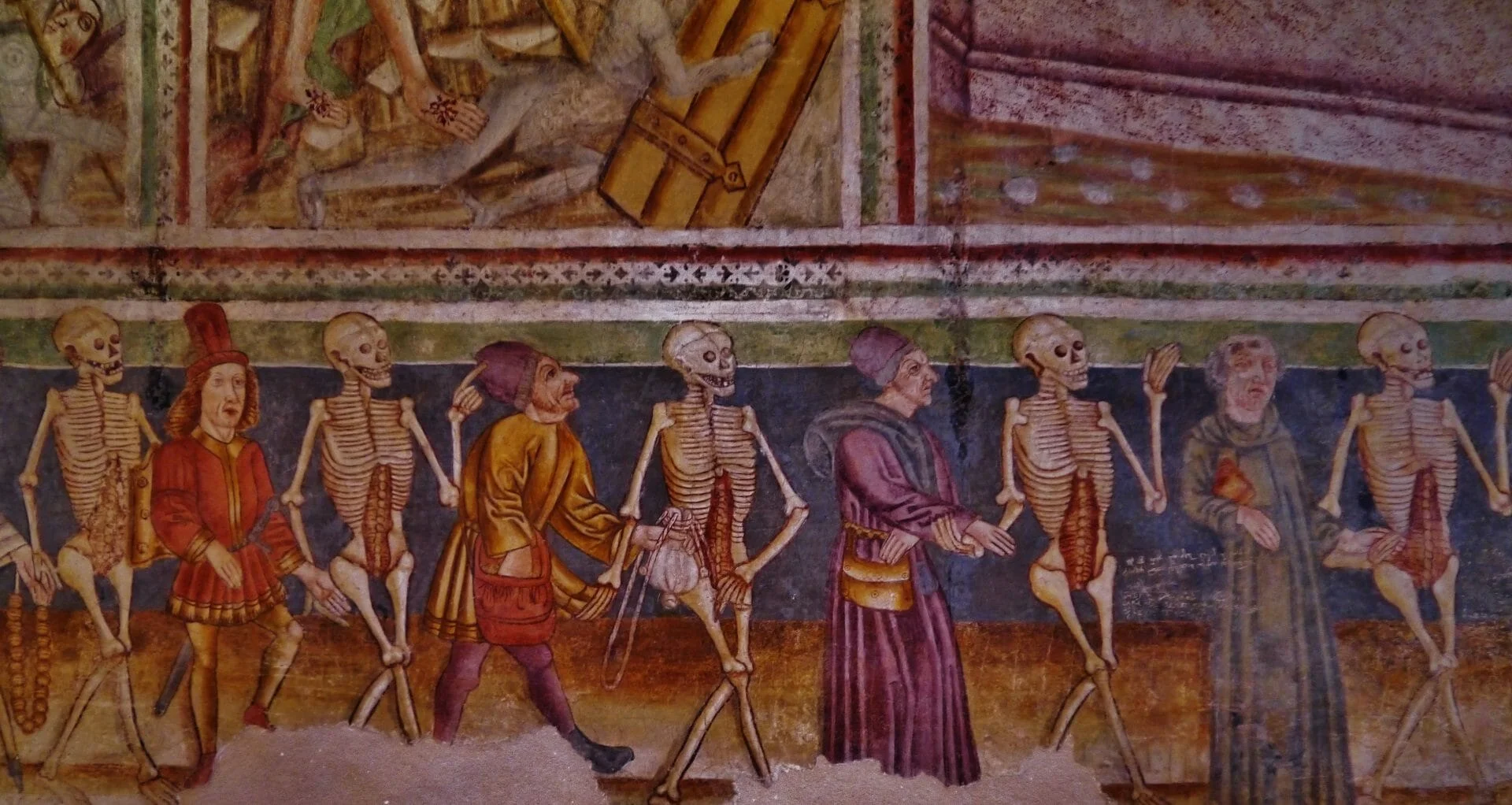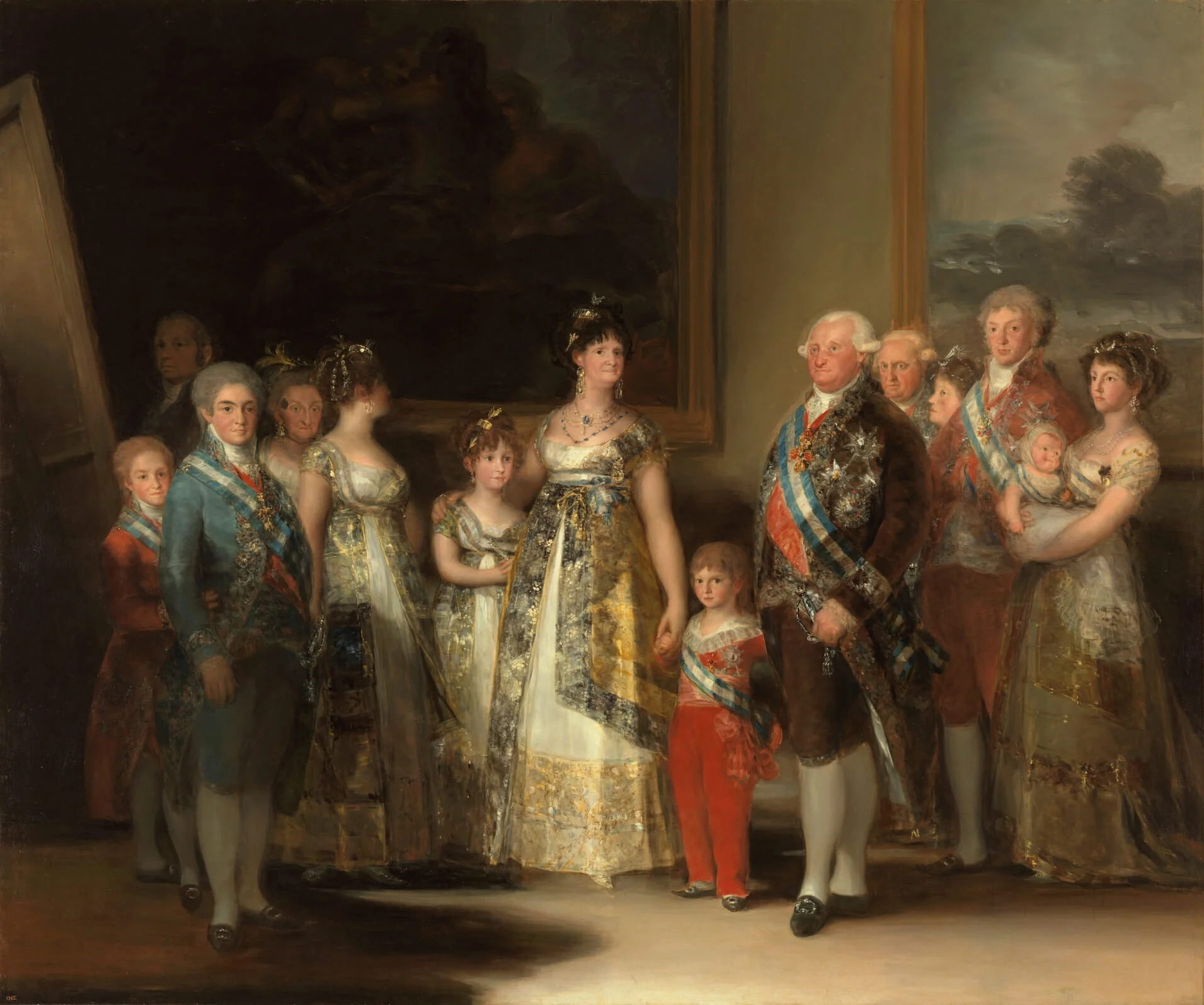
The Rules of the Game | A war movie without a war
Year
Runtime
Director
Main Cast
Music by
Country
Format
Genre
The Rules of the Game (original title La Règle du Jeu) is a war movie without a war. It is a shiny metaphor for a condemned society and its desire for destruction. There are no bombs or armies: nevertheless, World War II is in every frame.
The director Jean Renoir creates an unusual satirical dramedy about aristocratic society. Members of the French bourgeoisie meet in the castle of the Marquis de La Chesnaye to spend the weekend. Their pleasant smiles hide their real feelings, along with their secrets. So, love stories between nobles and their poor servants intertwine until a murder is committed.
What are the rules of the game?
This movie is the product and the symptom of the historical backdrop behind World War II. In the late 1930s, the political and social equilibrium is precarious, and the characters wander anxiously in search of their identity, but they never find it. That’s the society, and that’s the game for Jean Renoir. In this chaos, the rules are the only certainty, and they must be respected so as to be able to survive. So, good manners and power hierarchies are the single forces that hold characters together.
Referencing Friedrich Nietzsche, the rules of the games reflect the opposition between the Apollonian and the Dionysian. Balance and order (the rules) versus dynamism of life (the game).
Artistic influences
The Rules of the Game is part of a French film movement, poetic realism: a synthesis of poetry and narrative. So this movie embodies some of its features. For example, thanks to long takes and a large depth of field, the shots are markedly subjective. And although it is a choral movie, the main character André Jurieux (Roland Toutain) is the archetype of a tragic hero. Fate defeats him, as happens in all movies that are part of this movement.
But this movie is also affected by the Surrealism of the previous decade, lanced with gruesome references, like tiny animated dolls or actors dressed like specters, joining a macabre dance.
Cinematographic legacies
Several film critics and directors consider The Rules of the Game one of the best movies ever made: for François Truffaut, it’s the apogee of cinema fans (The Films in My Life, Flammarion, 1975). What is certain is that the legacy of this movie in the history of cinema is enormous. First of all, the depth of field in the framing recalls American movies like Citizen Kane (Orson Welles, 1941) and The Best Years of Our Lives (William Wyler, 1946). On the other hand, Italian movies like La Dolce Vita (Federico Fellini, 1960) and La Notte (Michelangelo Antonioni, 1961) take from Renoir the original idea of the party as a place where characters face their own and other desires.
“Corneille! Put an end to this farce!”, Marquis de La Chesnaye says to one of his staff in The Rules of the Game. “Which one, your lordship?”, the butler answers. This playful banter summarizes the paradoxical and complex dramedy made by Jean Renoir.
Tag






